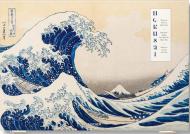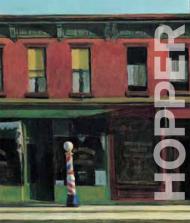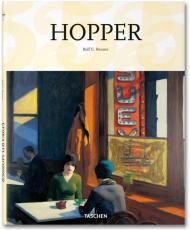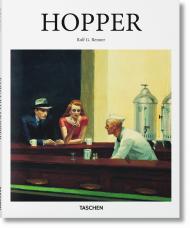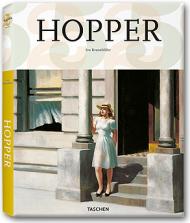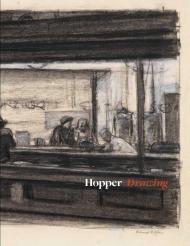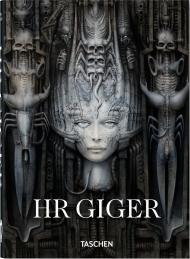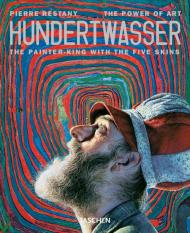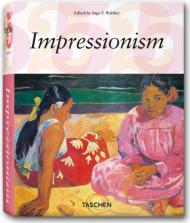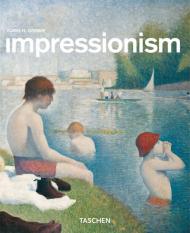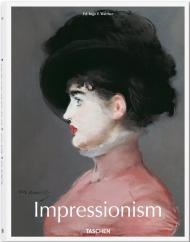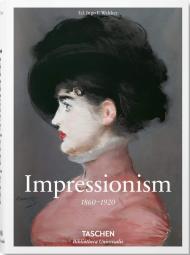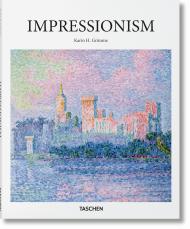In the Footsteps of a Master. Hokusai’s complete Views of Mount Fuji
This XXL edition transports readers to 19th-century Japan with Katsushika Hokusai’s seminal Thirty-six Views of Mount Fuji, an artifact of art history and masterpiece of woodblock practice. This sweeping reproduction of the complete 46 plates and 114 color variations, gathered from museums and collections worldwide, is bound in Japanese style.
Mount Fuji has long been a centerpiece of Japanese cultural imagination, and nothing captures this with more virtuosity than the landmark woodblock print series Thirty-six Views of Mount Fuji by Katsushika Hokusai (1760–1849). The renowned printmaker documents 19th-century Japan with exceptional artistry and adoration, celebrating its countryside, cities, people, and serene natural beauty. Produced at the peak of Hokusai’s artistic ambition, the series is a quintessential work of ukiyo-e that earned the artist world-wide recognition as a leading master of his craft.
The prints illustrate Hokusai’s own obsession with Mount Fuji as well as the flourishing domestic tourism of the late Edo period. Just as the mountain was a cherished view for travelers heading to the capital Edo (now Tokyo) along the Tōkaidō road, Mount Fuji is the infallible backdrop to each of the series’ unique scenes. Hokusai captures the distinctive landscape and provincial charm of each setting with a vivid palette and exquisite detail. Including the iconic Under the Great Wave off Kanagawa (also The Great Wave), this widely celebrated series is a treasure of international art history.
Among only a few complete reprints of the series, this XXL edition pays homage to Hokusai’s striking colors and compositions with unprecedented care and magnitude. Bound in the Japanese tradition with uncut paper, Thirty-six Views of Mount Fuji presents the original 36 plates plus the additional 10 later added by the artist. The perfect companion piece to TASCHEN’s One Hundred Views of Edo and The Sixty-Nine Stations along the Kisokaidō, this publication paints an enchanting picture of pre-industrial Japan and is itself a stunning monument to the art of woodblock printing.
The editor and author:
Andreas Marks studied East Asian art history at the University of Bonn and obtained his PhD in Japanese studies from Leiden University with a thesis on 19th-century actor prints. From 2008 to 2013 he was director and chief curator of the Clark Center for Japanese Art in Hanford, California, and since 2013 has been the Mary Griggs Burke Curator of Japanese and Korean Art, head of the Department of Japanese and Korean Art, and director of the Clark Center for Japanese Art at the Minneapolis Institute of Art. He is the author of The Sixty-Nine Stations along the Kisokaido (2017), Japanese Woodblock Prints (2019), and Thirty-six Views of Mount Fuji (2021).
